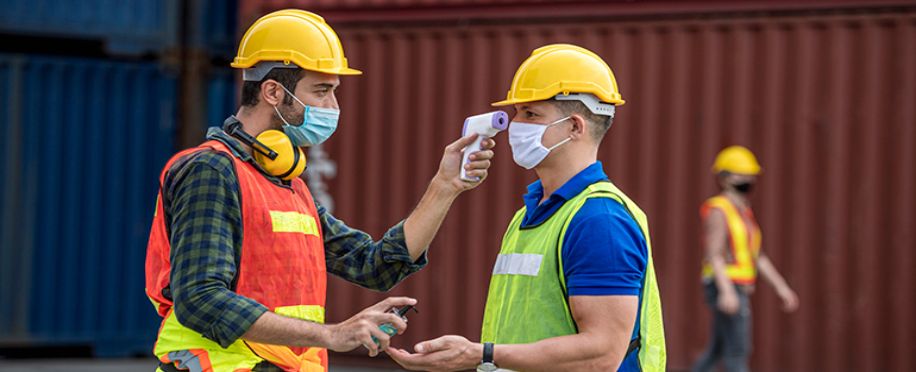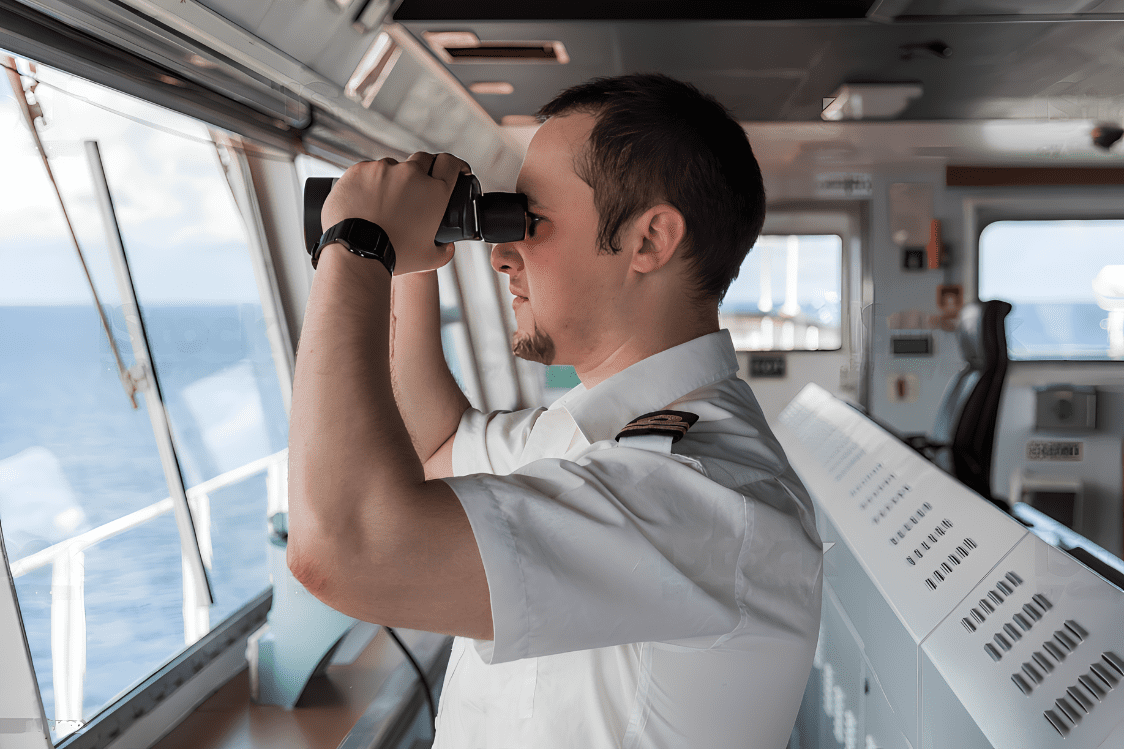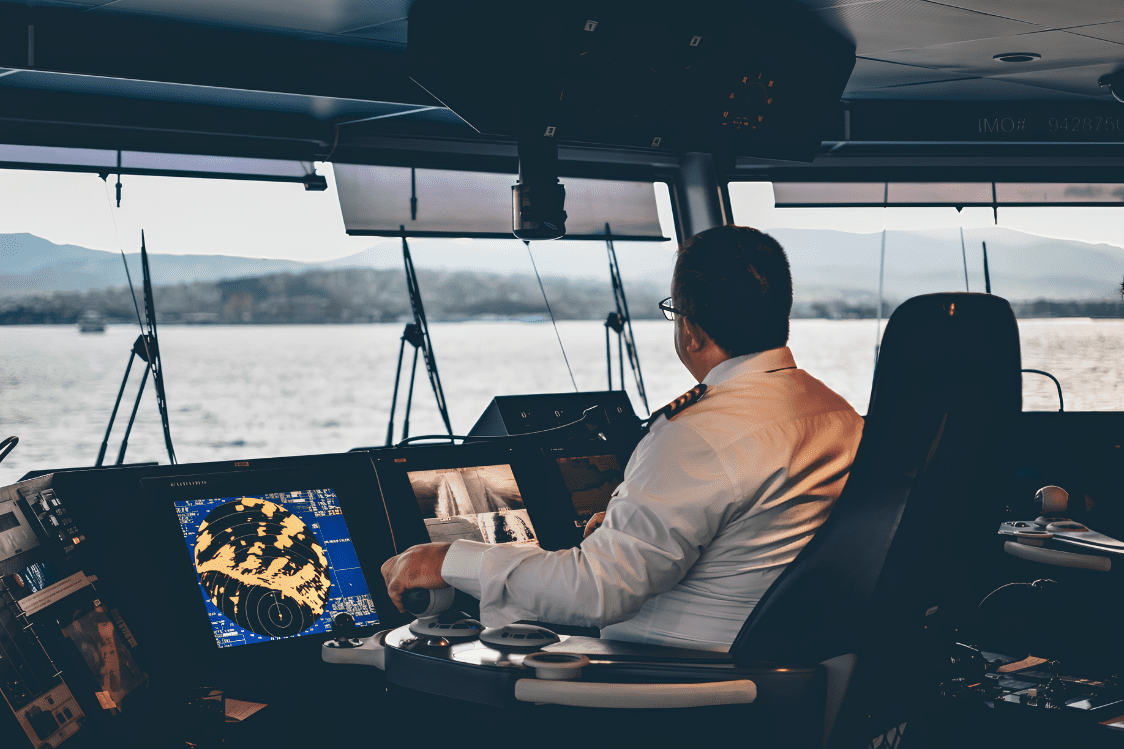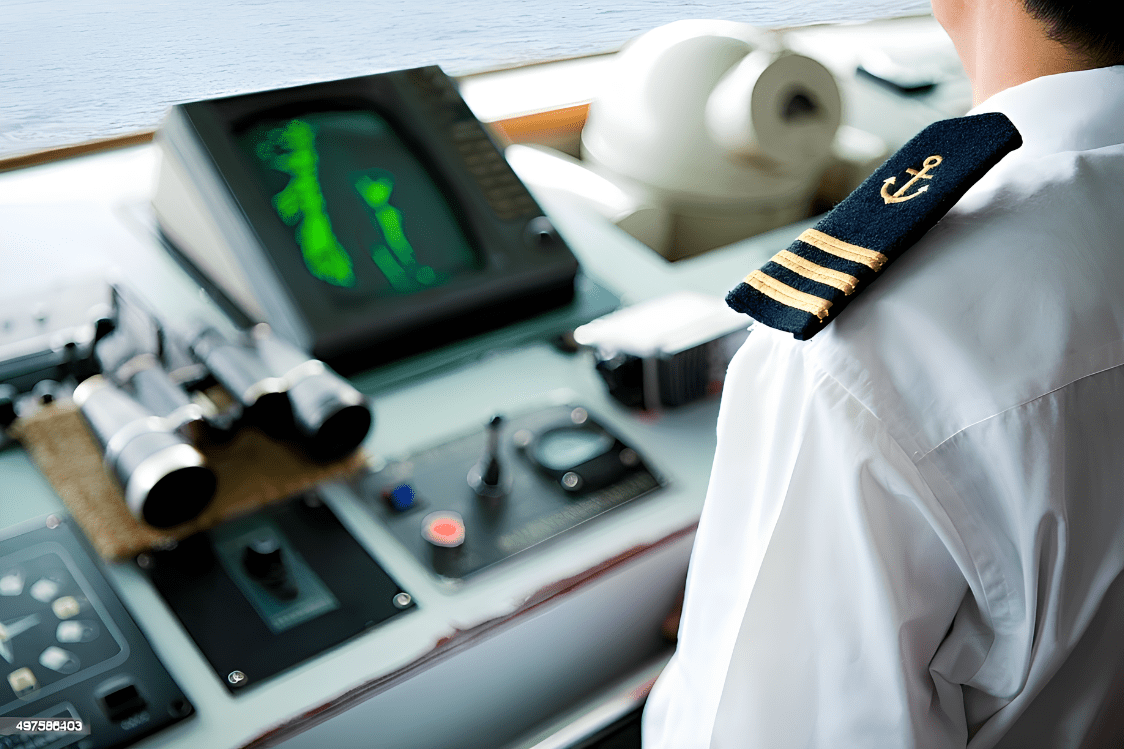What Is an Emission Control Area? Understanding Its Impact on the Maritime Industry
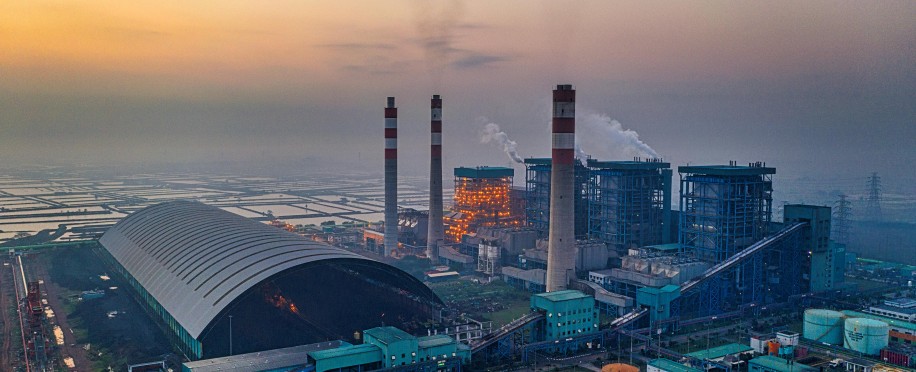
Posted on Feb 15, 2025 at 10:02 PM
The International Maritime Organisation (IMO) and all other parties that are concerned about the maritime environment work constantly to lower emissions from ships and vessels at sea.
So, the development of the Emission Control Area (ECA) concept became necessary to protect the sea from Sulphur and other emissions and protect the safety and diversity of marine culture.
Today, we will share with you a comprehensive guide to the Emission Control Area (ECA) details and concepts on the ocean with full information about designated Control Emission Areas, and their defined impacts on the maritime industry.
What Is an Emission Control Area (ECA)?
The Emission Control Area (ECA) is the term used to describe designated sea areas with stricter and mandatory applied rules and regulations to limit and reduce airborne pollution from ships.
Any approved ship operating in Emission Control Areas (ECAs) is required to use clean fuel and green emission-reducing technologies, like eco-friendly engines and E-navigation to boost maritime safety and efficiency.
Moreover, all existing Emission Control Areas (ECAs) are established and controlled under the stringent International Maritime Organisation (IMO) MARPOL Annex VI regulations and standards.
Where Are Emissions Control Areas (ECAs) Located?
All the referred to MARPOL efforts done to provide protection to the sea from emissions and pollutants are encouraging more and more implications of Emission Control standards to new areas and seas:
- Baltic Sea ECA: Covers the Baltic Sea proper, including the Gulf of Bothnia and the Gulf of Finland.
- North Sea ECA: Encompasses the North Sea, including the Skagerrak and the English Channel.
- North American ECA: The Control Emission Area officially extends along the Pacific and Atlantic coasts of the United States of America and Canada, as well as the Gulf of Mexico.
- United States Caribbean Sea ECA: Includes control areas around Puerto Rico and the U.S. Virgin Islands.
- Mediterranean Sea ECA: Based on MARPOL regulations and effective from May 1, 2025, this Emission Control Area covers the entire Mediterranean Sea, requiring an entered vessel to use fuels with a sulfur content not exceeding 0.10%.
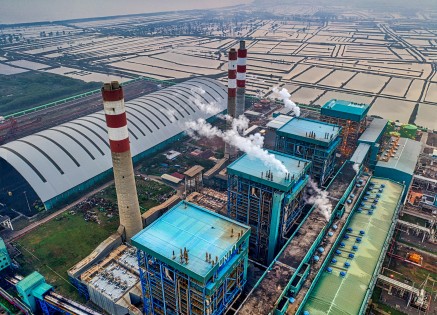
Key Emission Control Area (ECA) Requirements:
When you follow the International Convention for the Prevention of Pollution from Ships (MARPOL) Annex VI regulations on national and global waters, you will for sure notice these basic requirements to meet perfect emission standard level:
Sulphur Limits:
Designed ships operating in emission control areas (ECAs) are obliged to use fuel with a sulphur content of 0.10% or even lower based on ECA emissions rules.
This sulphur emission control area (SECA) aims to improve air quality by reducing sulphur oxide (SOx) emissions and encouraging crews on board to use regulation compliance options, like liquified natural gas (LNG).
Nitrogen Oxide (NOx) Limits:
The NOx emission limits are strictly regulated and applied by the IMO on all the new ships especially in ECAs, with applicable IMO's regulations that require advanced engine technologies or exhaust after-treatment systems.
Which helps in improving environmental health and reducing the formation of smog and acid rain.
Particulate Matter Reduction:
High particulate matter (PM) emissions are a dangerous factor in increasing the rate of respiratory diseases and environmental pollution, thus, IMO regulatory forces establish the ECAs to get cleaner air and water.
Moreover, this requirement alignment requires using a cleaner fuel and filtration system to reduce emissions rate in a control emission area (CEA).
Operational Compliance:
Vessels or ships in emission control areas (ECAs) must submit fuel changeovers and emission levels, allow inspections by port authorities, and ensure adherence to IMO regulations.
However, non-compliance with Emission Control Area (ECA) regulations could lead to penalties, detentions, or even operational bans.
Install Scrubber:
Scrubber installation in ships is considered an alternative solution to using fuel with low sulphur content, as scrubbers can remove SOx emissions from exhaust gases.
On the other hand, some emission control regions restrict the use of some types of scrubbers due to water pollution concerns.
Benefits of Emission Control Area (ECA):
All maritime safety courses in Rotterdam focus on the importance of ECAs with the great advantages:
Reduce Air Pollution:
The concepts and regulations of ECAs can lower or even cut Sulphur oxides (SOx), Nitrogen oxides (NOx), and PM emissions, which reduce smog, acid rain, and environmental pollution.
Improve Public Health:
Lower emissions mean cleaner air, and healthier coastal communities which reduce the risks of respiratory diseases, heart conditions, and other health risks.
Protect the Marine Biodiversity:
The reduced emissions in Emission Control Areas (ECAs) protect marine ecosystems and prevent sea acidification, as ECA regulations and protocols prevent air and water pollutants.
Finally,
All ships on the sea must follow IMO MARPOL regulations when going through emission control areas (ECAs) and zones, which are expanding regularly.
Thus, the adoption of these special MARPOL control rules and measures on regional waters will allow freedom of shipping and moving for all ships based on the latest safety standards in the Netherlands.
